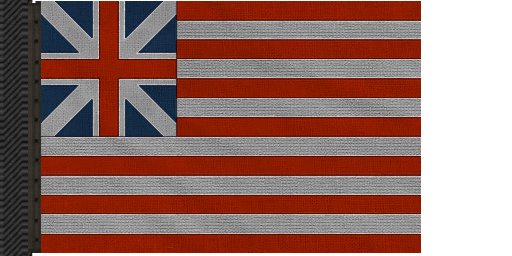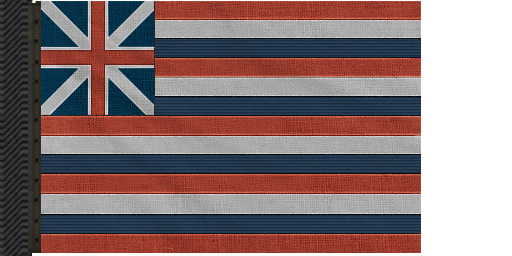FLAGS OF united states
United States national Flag
The national flag of the United States of America since 1795. It was also used as a naval ensign. The first American flag hoisted throughout the whole country from the Atlantic to the Pacific coast. This is the only American flag featuring fifteen stars and fifteen red and white stripes instead of thirteen ones.
Betsy Ross Flag
The Betsy Ross flag was one of the earliest flags of the United States of America created by an American seamstress Betsy Ross in the second half of the eighteenth century. The flag consists of thirteen white stars arranged in a circle on a blue background in the first quarter and thirteen alternating red and white stripes, seven red and six white ones.
Cambridge Flag
The Cambridge flag was the first flag of the United States of America commissioned during the American Revolutionary War in the second half of the eighteenth century. The flag was created by an American milliner Margaret Manny and initially was hoisted on a trade ship Alfred in the harbour of Philadelphia on December 3th, 1775. The flag consists of the Union Jack - flag of the Kingdom of Great Britain - in the first quarter and thirteen alternating red and white stripes, seven red and six white ones.
Gadsden Flag
The Gadsden flag was created by Christopher Gadsden - an American brigadier general during the American Revolutionary War in the second half of the eighteenth century. It was hoisted on the flagship of Esek Hopkins - the Commander in Chief of the Continental Navy during the war. The flag consists of a rattlesnake in the center and the ‘Don’t tread on me’ motto below on a yellow background.
Reprisal Ensign
The flag of USS Reprisal - a former trade brig purchased by the Marine Committee of the Continental Congress within the first year of the American Revolutionary War. The brig was used for various voyages within the Caribbean and European waters including Benjamin Franklin's passage to France. The flag consists of thirteen alternating black and yellow stripes, seven black and six yellow ones.
Revenue Service Flag
The Revenue Service flag was used on ships of the maritime customs service established by the end of the eighteenth century after the American Revolutionary War. The flag represents a blue eagle on a white background in the first quarter and sixteen alternating vertical red and white stripes, eight of each type.
Serapis Flag
The Serapis flag was hoisted by John Paul Jones -one of the founders of the United States Navy - after he captured a British two-decker Serapis during the battle of Flamborough Head in 1779. The flag represents thirteen white stars in three rows on a blue background in the first quarter and thirteen red, blue and white stripes: five red, four blue and white ones.
US 1776 Jack
The first navy jack of the United States Navy commissioned by the end of the eighteenth century. Despite the name it was used as a flag rather than a jack on the bowsprit. The flag consists of a rattlesnake in the center and the ‘Don’t tread on me’ motto below and thirteen alternating red and white stripes, seven red and six white ones.
US The Tree Flag
The tree flag was hoisted by some ships of the United States Navy and privateers during the American Revolutionary War. It was commissioned by George Washington in October 1775. The flag consists of a pine tree in the center on a white background and the ‘An appeal to Heaven’ motto that was used as an expression of the right of the American Revolution.
Wild Duck Ensign
The flag of USS Lexington - a former trade brig Wild Duck purchased by the Marine Committee of the Continental Congress within the first year of the American Revolutionary War. During her service the brig successfully captured some British ships and participated in the Battle of Turtle Gut Inlet. The flag consists of the Union Jack - flag of the Kingdom of Great Britain - in the first quarter and thirteen alternating red, blue and white stripes: five red, four blue and white ones.









